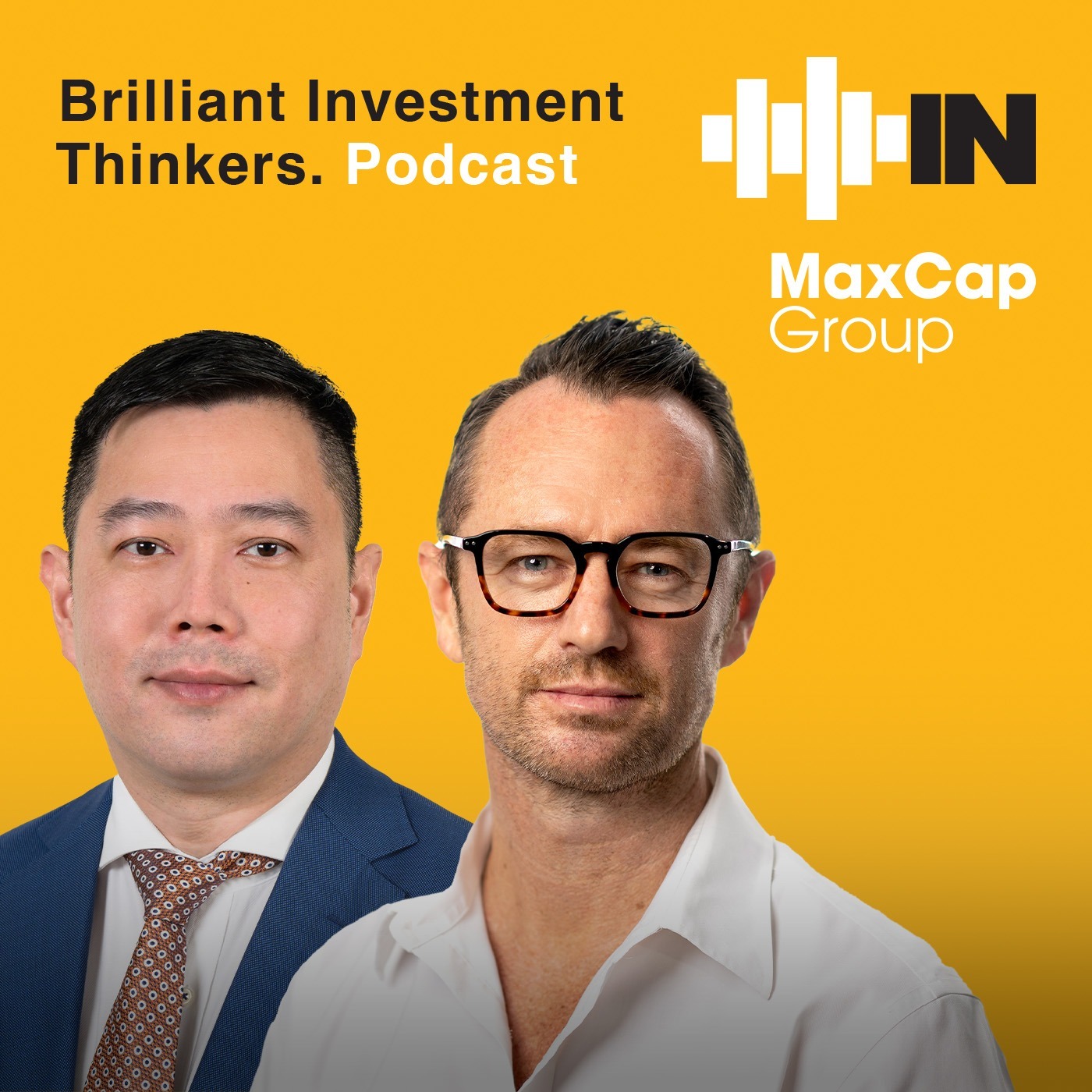The great debate: to alt, or not to alt?
Alternatives are growing apace around, to the point where they are almost considered a must-have for portfolios. But alternatives are not necessarily for everyone.
The case is often made that the ‘traditional’ asset classes offer sufficient diversification. In recent history (since the 1990s), shares and bonds have provided an effective counterbalance to each other, generally moving in opposite directions. During periods of economic downturn, bond yields typically decline as investors seek safety, helping to offset losses from shares. In the 2008 Global Financial Crisis, for example, the S&P 500 index plunged by 38.5 per cent, while US Treasury bonds gained 17.7 per cent, illustrating their inverse relationship, and how it worked in investors’ favour.
But while this argument has held for much of the last three decades, like many things, it is all OK until it’s not.
In 2022, both the S&P 500 index and US Treasuries posted significant losses (S&P 500 down 23.4 per cent, US Aggregate Bond Index down 13 per cent), as the Federal Reserve raised interest rates aggressively to fight inflation, hammering bond prices, especially those of long-term bonds. To say that this dual slump challenged the traditional diversification model is an understatement: the expected negative correlation totally collapsed, as bonds failed to provide any protection at all amid the slide in stocks.
Since early 2023, however, the negative relationship between stocks and bonds has re-emerged, as inflation and economic growth moderate. But while “bonds are back,” the shock that many portfolio constructors felt at the 2022 anomaly has underscored, for many, the need for truly uncorrelated asset classes, to protect portfolios against market downturns.
Some of these have worked well, for example:
- Hedge funds (market-neutral and global macro strategies) delivered positive returns in 2008 while shares collapsed.
- Gold surged 25 per cent in 2020, when markets were volatile due to the COVID-19 crash.
- Private real assets, such as infrastructure and private credit, can provide more adaptive and resilient income even during rising interest rate cycles, and even relative to traditional fixed interest bonds.
- Commodities tend to perform well during inflationary periods, offering a natural hedge that traditional stocks and bonds cannot provide. In 2021, as inflation surged past 7 per cent, certain commodities gained over 40 per cent (for example, crude oil, natural gas, copper), while long-term bonds delivered negative real returns.
To fill the market demand for ever-less-correlated assets and income streams, investors have been offered an increasingly exotic array of investments, the likes of insurance finance (natural catastrophe bonds and life runoff portfolios); litigation finance (funding legal cases, a binary outcome based on whether you win the case and make money, or lose it and you do not); and royalties, whether they be music royalties, pharma royalties, commodity royalties etc.)
Many of these offer – at least on the tin – enhanced return potential, or the potential for higher alpha in inefficient markets. For example, private equity has outperformed public markets over certain periods, with a Cambridge Associates study showing a 3 per cent–5 per cent excess return over the S&P 500 in select vintages. This outperformance typically occurs over longer investment horizons (for example, over ten-plus years), as private equity is less affected by short-term market fluctuations and often benefits from value creation within the companies they invest in. But this alpha is not systematic, and cannot be assumed or relied upon.
And for their attributes, many alternative investments also bring the investor higher costs and increased complexity.
Many alternative investments, such as hedge funds and private equity, come with higher fees, including performance-based incentives.
Access to institutional-quality alternative funds often requires high minimum investments, limiting their practicality for many retail investors.
And then there is liquidity. Many alternative investments are not readily liquid, requiring long lock-up periods or offering limited redemption windows, making them unsuitable for investors who need flexibility and access to their money.
At Atchison, we categorise alternative investments into three distinct buckets – liquid, semi-liquid, and illiquid – before determining their role within a portfolio. This framework is essential for effective implementation and risk management, as each category requires a tailored approach to integration.
The current market offers a wide range of listed alternatives, from growth-oriented assets like listed private equity to defensive options such as gold exchange-traded funds (ETFs). However, the liquid alternatives landscape is generally skewed towards defensive assets, which may limit their effectiveness in achieving certain client objectives.
Atchison defines semi-liquid alternatives as investments with liquidity terms ranging from monthly to quarterly or semi-annual redemption windows. While these assets do not fit within a standard separately managed account (SMA) structure, they can be held on-platform as a ‘side pocket’ allocation, providing investors with access to a broader range of alternative opportunities.
Semi-liquid alternatives often offer a balance between liquidity and the return potential of illiquid investments, making them a valuable tool for portfolio diversification. However, their less frequent liquidity compared to liquid alternatives means careful planning is required to align them with client needs, ensuring they complement the overall portfolio structure without creating unexpected liquidity constraints.
Finally, illiquid alternatives require the highest level of expertise and are best suited for professional management due to their complexity. These investments present two key challenges that must be carefully navigated. The first challenge is the high capital requirements and operational scale needed to invest effectively. Illiquid alternatives often require substantial upfront commitments, making them more suitable for larger, high-net-worth investors who can accommodate the long investment horizons and capital constraints.
A challenge of these kinds of investments is detailed liquidity planning, which goes beyond managing investor cash flows – it also involves maintaining the intended alternatives exposure within a portfolio. Investors must understand the nuances of capital calls, particularly in asset classes like unlisted private equity. Unlike traditional investments, where capital is deployed immediately, private equity funds require investors to commit capital upfront, but the timing and amount of actual capital calls remain uncertain. As a result, an investor may have committed funds but not yet achieved their intended level of exposure.
The debate on including alternatives in portfolios centres on investment philosophy, risk tolerance, and objectives. While some prefer traditional assets, others see alternatives as crucial for diversification, inflation hedging, and alpha generation. Therefore, the key question is not whether to include alternatives, but rather, what is your firm’s investment philosophy, investment framework, and does this align with your client’s objectives?
A clear investment mandate structures portfolios and streamlines decisions – thereby enabling:
- Classification of alternatives – To include/not include? Growth or defensive? Liquid or semi-liquid?
- Strategic asset allocation – If alternatives are included, are they a separate asset class or an extension of traditional assets like fixed income and shares?
- Liquidity considerations – Do semi-liquid and illiquid alternatives align with client needs and risk profiles?
- Return expectations, and risk – Capital growth, or income? Lock-up periods? Costs? Risk appetite?
- Correlation – Do our current asset classes provide differentiated drivers of earnings. If we include alternatives, are the valuation cycles less linked to typical asset classes – fixed income and shares?
Ultimately, the decision to include alternatives in a portfolio should be driven by a clear understanding of your investment philosophy and client needs. A well-structured approach to asset classification, allocation, and risk management ensures that investment decisions remain consistent, transparent, and aligned with clients’ long-term objectives.










